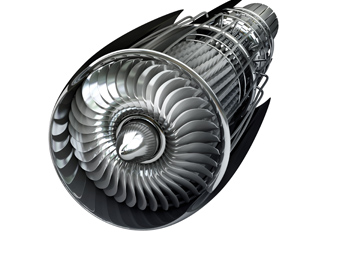
A new ATSB report, released today, finds that Australian turbofan engine aircraft are safe and reliable and only experience engine-related safety incidents every 20,000 flight hours on average.
As well, the vast majority of these occurrences (98%) had no risk, or a very low risk of any accident outcome and none resulted in injury to passengers or crew.
Larger modern passenger aircraft mostly have turbofan engines because of their range, speed, and fuel efficiency. Despite the complexity of these engines, their reliability is evidenced by the low rate of engine problems.
While the research found turbofan engine aircraft had very low rates of incidents as a whole, it did identify differences between individual aircraft models.
With a combined total of over five-and-a-half million flight hours for Australian registered turbofan engine aircraft between 2008 and 2012, there were only 280 safety occurrences reportable to the ATSB that related specifically to the engine systems (or approximately one occurrence every 20,000 flight hours).
While the research found turbofan engine aircraft had very low rates of incidents as a whole, it did identify differences between individual aircraft models.
In particular, the British Aerospace BAE 146/Avro RJ, the Fokker F28/F100 and the Boeing 747 classic had higher rates of engine incidents between 2008 and 2012 than any other aircraft in the study.
The report provides aircraft operators with information that will help them put their own incidents in context and further improve safety in the future.
Read the full research report AR-2013-002
- Aviation Accident & Incident Notification telephone ATSB (toll-free, 24 hours): 1800 011 034
- Submit an accident or incident report


